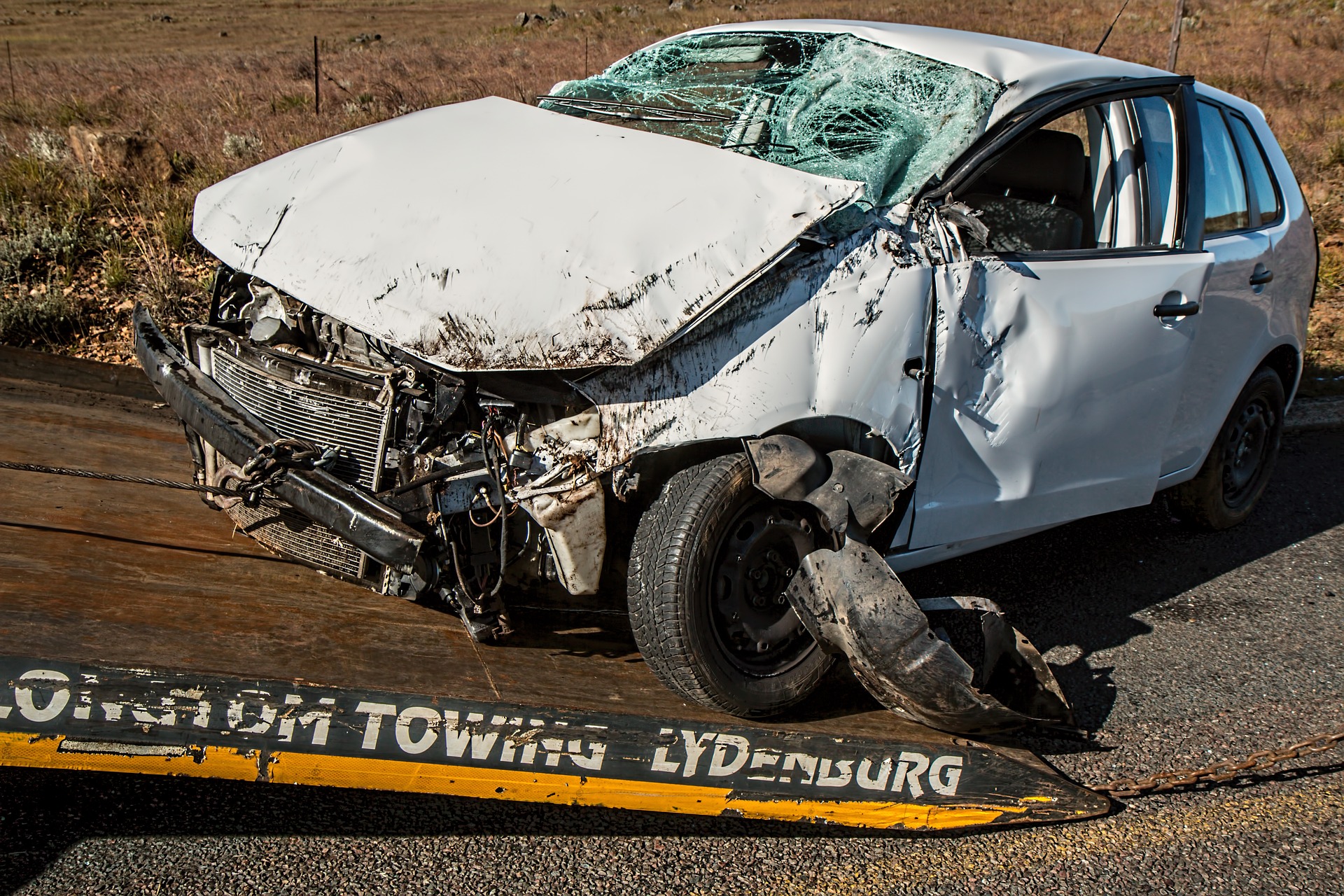
An Aboriginal community in rural Australia.
A diamond dealer in Antwerp, Belgium.
A used car salesman in the UK.
A pharmaceutical company headquartered in Switzerland.
What could they possibly all have in common?
The answer is the far-reaching benefits of blockchain asset tracking.
One of the most fundamental features of blockchain is its ability to store value – essentially, to create a digital asset. What started off with Bitcoin has now grown into an ever-expanding list of use cases. Some are more tenuous than others.
Those blockchain use cases likely to weather the test of time are the ones that best exploit the most basic functions of the blockchain. Asset tracking, using the ability of blockchain to create stored value and create an immutable record of ownership for that value, is one of those use cases. This article will look more closely at the application of blockchain asset tracking in some different scenarios.
Cases for Blockchain Asset Tracking
Land Registries
There are plenty of opportunities for blockchain within real estate management, mostly based around reducing or eliminating the role of the numerous middlemen. Reduced friction and quicker sales of real estate are clear benefits for day-to-day property trading. Additionally, blockchain-based land registries can create efficiencies within local governments, reducing the spend of tax dollars.
However, the benefits of tracking real estate assets on the blockchain could also have significant benefits for indigenous groups. It would create a legal means by which anyone can prove their land ownership. Land rights are an ongoing struggle for aboriginal people across the world, including developed countries such as Canada.
Indigen is a blockchain platform aimed at protecting rights and property of indigenous groups around the world. The platform token will serve as a donation currency. The company will direct a portion of mined coins to help poor indigenous populations across the globe. Blockchain asset tracking of land occupied by indigenous people is one of the aims of the project.
The Indigen homepage
Supply Chains
Walmart is one example of a big company which has already recognized the potential for blockchain in its supply chain. Supply chains are traditionally highly fragmented. Many companies cannot identify precisely how much product they have in any given place at any one moment in time. This results in inefficiencies, and wasted product due to spoilage or theft.
Some industries have worse problems than losing product. The pharmaceutical industry, for example, is one that suffers from counterfeit products entering the supply chain, usually between manufacturer and consumer.
Governments across the developing world are now clamping down on this. However, it is the developing world that bears the brunt. In Africa, some reports say that up to 70% of drugs sold are counterfeit.

Problem is, they all look the same…
Blockchain asset tracking can combat counterfeits entering the market. Digital tags can track and trace products throughout the entire supply chain until they reach the consumer’s hands. The tag can contain all necessary attributes. In the case of drugs, it could include the ingredients, date /place of manufacturer and quality control checks. It can update in real time with the route the product has taken through the supply chain.
Vehicle Trading
Car crime has been around as long as the car. From stolen vehicles and parts to getaway cars used in heists to “cut-and-shuts” where two halves of different vehicles (that have usually been written off due to accidents) are dangerously welded together and passed off as one car.

The front may be ruined, but the back half is still fine, right?
This goes alongside some of the unethical or illegal practices adopted by used car dealerships like “bait-and-switch” and manipulation of the odometer to reduce the mileage shown on the clock. Buying a car, particularly a used one can be fraught with issues. The buyer has no choice but to trust that the papers presented with the vehicle are genuine.
However, blockchain asset tracking could make the process of buying a used car far more secure. With a blockchain-based record of each vehicle including its parts, maintenance, accident and ownership history, buyers could place far greater trust in the process. They would know that their new car is a genuine model with a clean maintenance history.
Further, AI technology could determine a fair and consistent value for each vehicle, reducing the incidence of used car traders overpricing vehicles.
Gemstone Tracking
The gemstone industry is worth $23bn annually, with diamonds responsible for the most significant proportion of that. However, conflict or “blood” diamonds are a problem that continues to plague gemstone traders. Rough diamonds are sold in conflict zones such as Angola or the Central African Republic. They are smuggled out of the country, cut and polished up and passed off as legitimate.
Many governments in the developing world have passed legislation to prevent the sale of conflict diamonds within their jurisdictions. Therefore, jewelers and traders have an interest in making sure that they are not purchasing blood diamonds.

How could the happy couple tell if their diamond is legit?
De Beers, is the worlds biggest producer of diamonds, is now looking to blockchain asset tracking to stop blood diamonds from entering the market. The company reported in May that they had successfully trialed blockchain to track ten gems from the mine to cutter and polisher, and then to the jeweler for sale. De Beers plans to make the system available across the entire diamond industry, to eliminate the illegal trade of blood diamonds.
Further Considerations
Two other common elements feature across all of this. They are instant transfers and tokenization of assets.
Instant Transfers
Assets registers on the blockchain will be transferable between parties at the push of a button – and without the need for intermediaries. Smart contracts could also feature – holding funds in escrow until full payment is made. On receipt of payment, the new ownership would be effected immediately. This could cover ownership rights of a car, a piece of real estate, a gemstone, or a consignment of pharmaceuticals between the parties to the smart contract.
Tokenization of Assets
The creation of security tokens representing fractional ownership of physical assets offers exciting possibilities. Some tangible assets that could appreciate over time, such as real estate, are too costly for one individual or even family to afford to invest in an entire unit.
For example, someone wanting to invest in a gemstone has to choose a stone of a size that is within their budget. But the bigger the jewel, the higher the value per carat. What if you could invest in a fraction of a large, highly valuable gemstone? Tokenization makes that possible.
The world is only just starting to explore the art of the possible for blockchain asset tracking. This article has outlined just a few of the opportunities that are opening up. It is beginning to become believable that within the next ten or twenty years, blockchain will be the only foolproof means of proving ownership and recording value.
The post Why Blockchain Asset Tracking Is Not Just for the Super-Rich appeared first on CoinCentral.

Coincentral.com is author of this content, TheBitcoinNews.com is is not responsible for the content of external sites.
Our Social Networks: Facebook Instagram Pinterest Reddit Telegram Twitter Youtube










